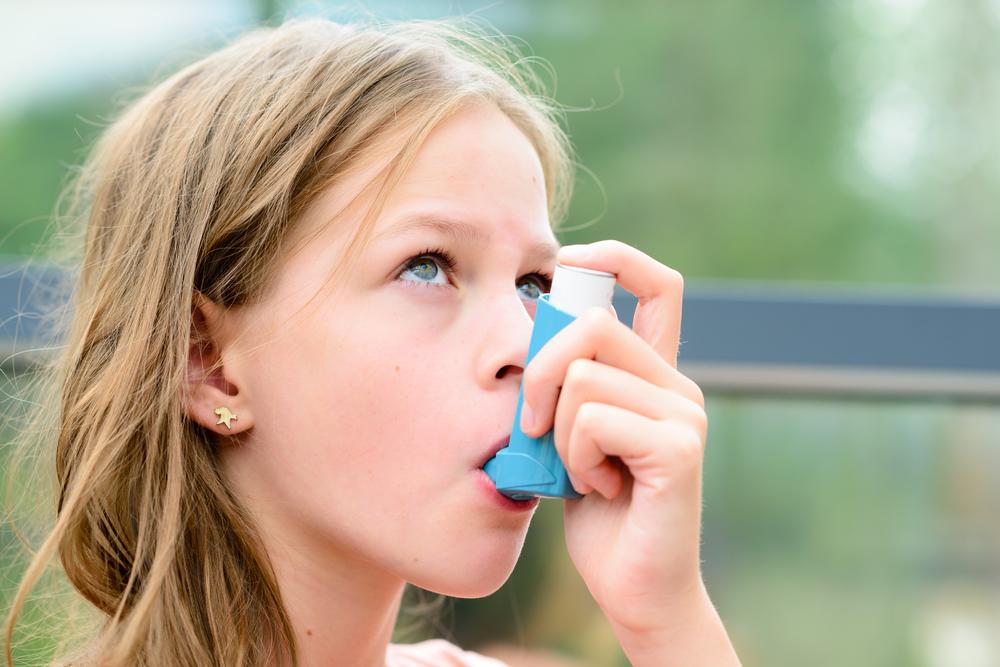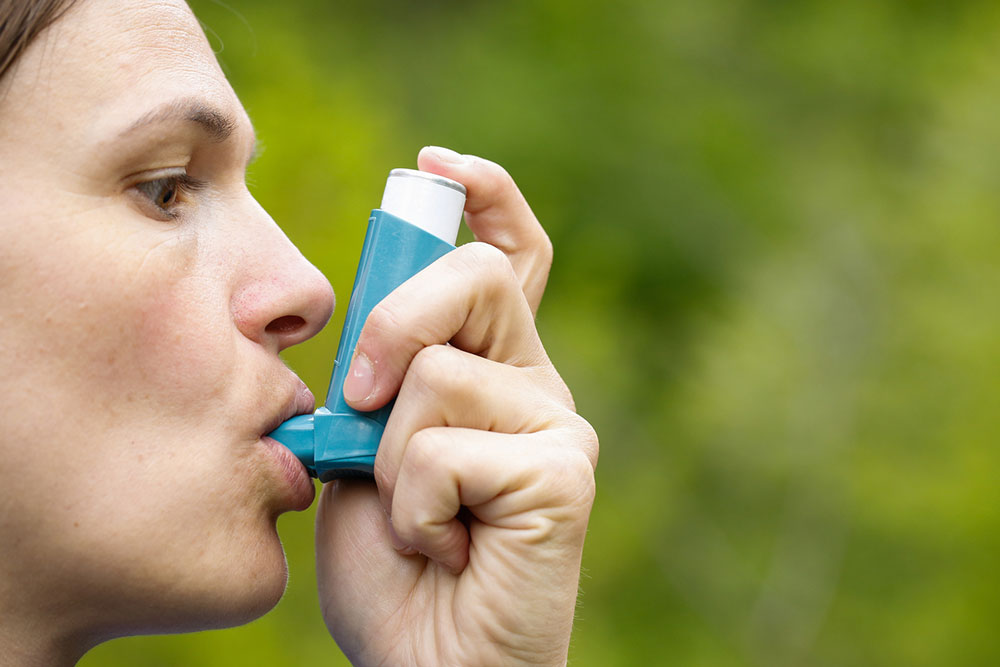Identifying Key Symptoms of Asthma Attack and How to Respond Effectively
This comprehensive guide details the warning signs of asthma exacerbation, highlighting symptoms, triggers, and urgent response actions. Recognizing early symptoms like wheezing, persistent cough, and blue lips can prevent severe attacks. The article emphasizes that prompt treatment, avoiding triggers, and adhering to prescribed medications are crucial for managing asthma effectively. Learn how to respond during severe episodes, improve your understanding of triggers, and know when to seek emergency medical help to safeguard your health and maintain better control over this chronic respiratory condition.

Identifying Key Symptoms of Asthma Attack and How to Respond Effectively
Asthma remains one of the most common respiratory conditions worldwide, affecting millions of adults and children. Characterized by chronic inflammation of the airways, this condition can cause episodes of breathing difficulties, wheezing, and coughing. Many individuals live with unmanaged asthma unknowingly until they encounter specific warning signs indicating an impending exacerbation. Recognizing these signs early is vital in preventing severe attacks and maintaining quality of life.
Asthma symptoms can be subtle initially and may vary from person to person. Some individuals might notice just a persistent cough or slight shortness of breath, while others could experience more severe manifestations. Understanding the early warning signs and triggers can empower individuals to act promptly, minimizing the risk of emergency situations.
Common Symptoms of an Asthma Exacerbation
Being aware of the following symptoms allows for timely intervention. Key indicators include:
Disrupted sleep patterns due to coughing or breathing difficulty
Persistent coughing, especially at night or early morning
Wheezing sounds during exhalation or inhalation
Clammy, sweaty facial appearance—often indicating respiratory distress
Bluer-than-normal lips or fingertips, signaling oxygen deprivation
Increased agitation or restlessness, often due to difficulty breathing
Watery or itchy eyes, which may also point to allergies triggering asthma
Unusual headaches accompanied by fever, possibly indicating infection-related exacerbation
Nasal congestion or a runny nose, frequently occurring with allergic triggers
Common Triggers for Asthma Flare-ups
Recognizing and avoiding known triggers is essential for effective asthma management. These include:
Allergic pollen, which can cause airway inflammation during high pollen seasons
Environmental tobacco smoke, a major irritant for sensitive lungs
Mold spores or dust mites, prevalent in damp or dusty environments
Exposure to cold or dry air, which can irritate the bronchial tubes
Respiratory infections such as cold or flu viruses
Gastroesophageal reflux disease (GERD), which can worsen airway inflammation
Emotional or physical stress, that can provoke asthma attacks in susceptible individuals
During infections like the common cold, asthma symptoms can intensify, making diligent management and early intervention critical.
Recognizing early signs of an imminent asthma attack is crucial for preventing severe health consequences. Symptoms often precede an attack by one or two days, and early detection allows for prompt treatment adjustments. Ignoring these warning signs can lead to rapid deterioration of breathing, increased need for emergency care, and even life-threatening situations. Therefore, awareness and swift action are key to managing asthma effectively.
Immediate Actions to Take During Severe Asthma Symptoms
If symptoms escalate to a life-threatening level, quick and calm response can make a significant difference. The following steps are recommended:
Sit upright immediately to aid breathing and prevent airway collapse
Stay calm to avoid further respiratory distress
Use your prescribed rescue inhaler, taking one puff every 30 to 60 seconds until relief is achieved
Seek emergency medical help if significant relief is not observed after 10 puffs; call 999 promptly
If ambulance response is delayed beyond 15 minutes, continue administering inhaler puffs as advised by your healthcare provider
Persistent or worsening asthma symptoms require ongoing medical evaluation. Adjustments in your treatment plan—such as medication dosage or additional therapies—may be necessary for better control.
When to Seek Medical Attention
It is important to consult healthcare professionals if experiencing:
Worsening breathlessness, especially early in the morning or at night
Difficulty speaking or chest tightness when talking
Blue coloration in lips or fingertips—a sign of severe oxygen deprivation
Little or no improvement after using your inhaler
Low peak flow readings, indicating compromised airflow
The consistent use of prescribed medications, even during symptom-free periods, is essential in maintaining long-term asthma control and preventing attacks. Follow your healthcare provider’s guidance closely to ensure optimal management of this chronic condition.





